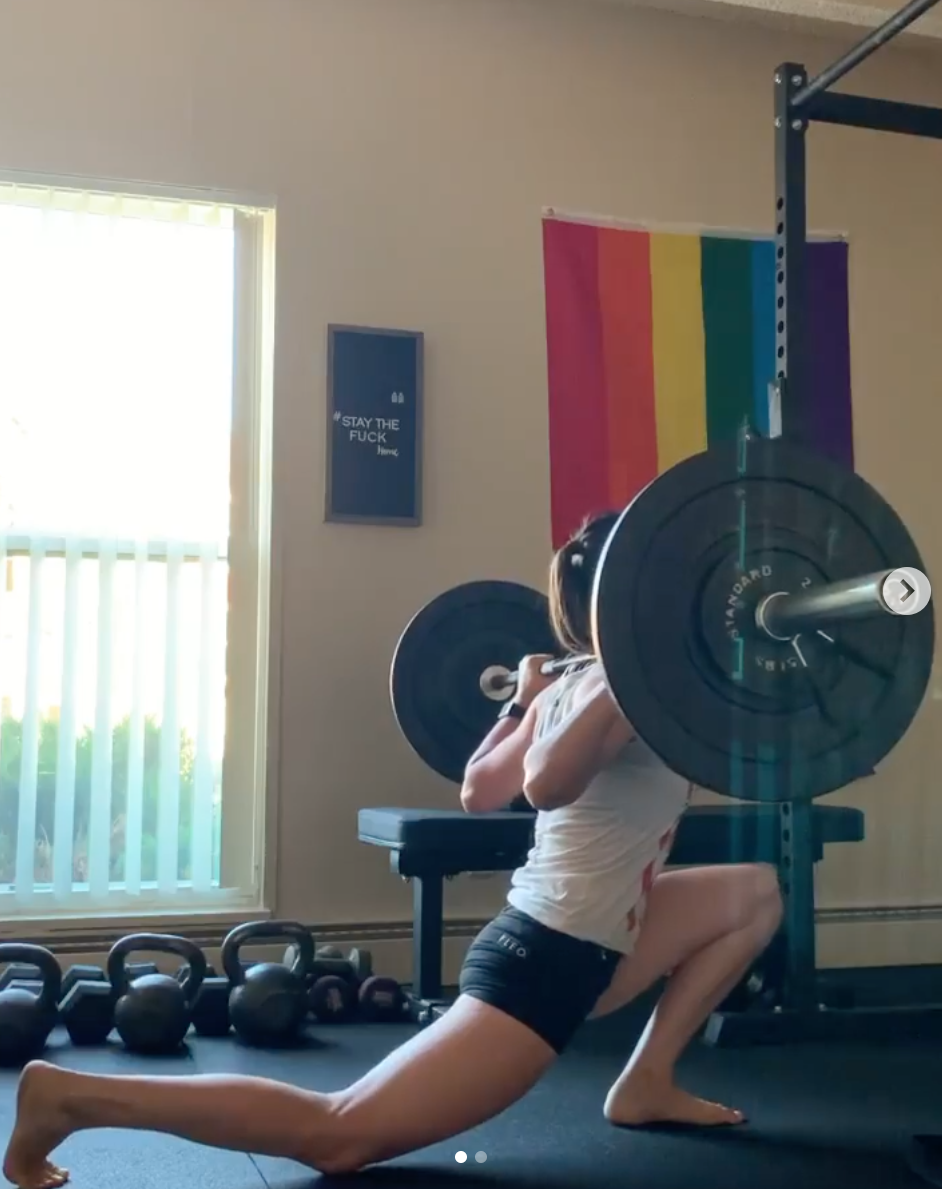Knees Over Toes Debate
- Bobby bobbyomullan@gmail.com

- Sep 13, 2020
- 4 min read

You’ve probably heard the old rule of thumb spread by thousands of people, including fitness professionals and certifications: “Your knees shouldn’t ever go past your toes.”
Is this a legitimate rule? We say no. Let’s break it down:
Many of our clients ask how having the knees go over the toes when squatting or lunging could be good for the knee joint. Well, our question right back is - why wouldn’t it be?
Research has actually shown that is is more stressful/harmful on the knee joint to stop at parallel as opposed to going through a full range of motion squat (so letting the hips go past parallel to the ground, which will most likely equate to the knees going past the toes depending on the person’s specific femur length).
Additionally, some people with long femurs will NEED the knee joint to pass the toes in a full range of motion squat.
Real Life Example: Have you ever gone to pick a box up off the floor and thought “WAIT! MY KNEES CANNOT GO PAST MY TOES - I LEARNED THIS FROM SOMEONE WHO ONLY POSTS AB SELFIES ON INSTAGRAM!” Probably not. But, if you did, you would most likely bend down and right when your knees start to go past the toes, you would start to sit back so they don’t continue to travel forward and because of that, you would start to put all of the load/stress on your lower back. But, aren’t we supposed to lift with our legs and not our backs..? YES YOU ARE...so you are in quite the conundrum.
Let’s look at babies as another example. We are born with the natural ability to sit in a deep squat for prolonged periods of time with the knees going past the toes. We lose this ability as we grow older due to prolonged periods of sitting throughout the day.
Finally, the Back Squat: If you have adequate strength and mobility in the hip, knee, and ankle joints your knees can and should go well past your toes in any variation of a squat. Actually in most cases, getting the knees to go over the toes promotes a more efficient squat due to a more vertical torso. If you have knee pain when trying to do this, then you need to address this with the proper regressions of squats and single leg squat variations. The knees can and should move forward. The only point in which you should take caution is if you are loading your squat attempts so much that it overwhelms structural integrity - this could potentially lead to injury if you are not careful. Most people are not going for one rep maxes repeatedly throughout their training, so most do not need to worry. Anytime you are attempting maximal loading, you put yourself at increased injury risk.
Moral of the story: it is very safe and healthy for the knees to go past the toes but not everyone has the strength and mobility to do so. You must work on this! Pain is common, but it is NOT normal. With the right exercises integrated into your programming, you can build this ability over time.
Some of Our Favorite Knees Over Toes Exercises:
ATG (ass to grass) Split Squat:
The goal of this exercise is to drive your hamstring into your calf as you descend down trying to get your hamstring to cover your entire calf muscle (or as much as possible). If you cannot do this with your front foot elevated on the floor, then elevate the front foot as your ankle mobility and hip flexion improves. Over time, you should be able to do these with the front foot on the floor and progress this movement with weight.
Barbell Squat:
For knees over toes purposes, we are going to talk about the high bar squat. This just means placing the bar higher up on the traps. This type of squat requires a more vertical torso (upright posture) and more ankle dorsiflexion in order to achieve maximal depth. If you cannot do a high bar squat without collapsing forward, then you can simply elevate the heels for artificial dorsiflexion. With that being said, you should definitely incorporate exercises into your programming that improve your ankle dorsiflexion with the goal being the ability to perform a high bar squat with bare feet!
Sissy Squats:
Sissy squats are anything but a sissy exercise! These require a ton of stability and mobility in the toes, hips, and ankles as well. The goal is to lift up on to your toes and lean back to create a straight line from hips to shoulders as you bring your knees to touch the floor. A great regression for this movement is holding on to a band set up on a rack. This will get you comfortable with a full range of motion sissy squat while simultaneously building your strength and mobility to perform it without the band.
Shrimp Squats:
The shrimp squat is a great exercise to improve quad strength. The more you can cover your calf with your hamstring on the eccentric, the more work will be placed on the quad. You can use a counterbalance to increase the mechanical advantage to reduce the amount of balance needed as you build up with this movement. The less weight you hold for counterbalance, the harder this exercise becomes.
----
About the Author: Barpath Fitness, LLC is owned by Katie Kollath, MS and Heather Hamilton, MS. They specialize in high contact remote coaching, powerlifting, and gymnastics training. Additionally, they are continuing education providers and host workshops for trainers looking to transition their services and offerings into the online market. For more information on Katie & Heather or their services, visit www.barpathfitness.com







Comments